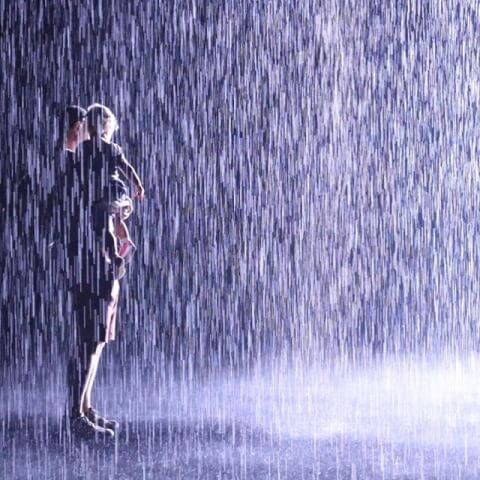
Learning how not to fall over
I’m sitting here today in the enclosed space, time and silence of what is the hour between appointments, in a car surrounded by people coming and going.
I’ve been reflecting on a lot of things lately, and it’s been difficult to get enough consistent headspace to unravel the knots and reconnect them into a narrative that flows and makes sense to me. This isn’t surprising, as my life over the last eighteen months has pretty much been characterised by that same fragmentation. Lots of chopping and changing, never in the same space long enough to properly experience it, and seemingly never enough time to stay in the same space.
So many of us fall into this pattern of constantly-distracted movement, locked in a constant cycle of ‘doing’. Sometimes the ‘doing’ sustains us, but only for as long as we keep moving. Kind of like the momentum you get when you’re spinning around.
This reminds me of the video I took years ago of my then 23-month old daughter, when she discovered that if you suddenly stop when you’ve been spinning around quickly, it generally has the effect that you fall flat on your bum. Or your face.
See what I mean:
This happens because, although you’re no longer spinning, the liquid in your semicircular canals is still moving, and so the hairs inside the canals are sensing movement even though you’ve stopped. Effectively your brain is getting conflicting messages and is confused about where your head is. So you get dizzy and lose your balance. When you’re not spinning quite as quickly, or gradually slow down, there’s time and space to re-orient, so your brain gets the right message sooner and you regain your balance without falling over.
I might get hauled up on this by those of you who object to the looseness of my interpretation, but I rather think that the vestibular system is a nice analogy for what happens when we’re locked in a rapid ‘doing’ cycle. Often, instead of slowing down and taking a pause, we suddenly stop and the sudden halt throws us off-balance. Or maybe we stop physically, but mentally we’re still going, so we don’t regain equilibrium and instead end up depleted from dealing with the mental noise.
Breaking the cycle of constant movement and doing is a conscious and purposeful choice. How do you stay paused in the moment, and just be? How can you best disconnect from the mental noise, and stay in the space of the here and now – which ultimately is the only time we actually have in which to live?
We all have different ways in which we manage to achieve this. My own personal reflection is that when I’m very stressed and anxious and would best benefit from a proper pause, an unhelpful coping mechanism kicks in instead: whereby to regain a sense of control, I end up blitzing through my to-do list and driving myself into the ground instead of remembering what would actually help me – the self-discipline of stopping, doing some deep breathing, getting outdoors for a walk, and being kind to myself.
So today I’m consciously taking a meaningful pause, to guide myself out of this distracted coming and going and the confused noise of my thoughts. And now I’ll be closing my laptop, and taking a deep breath, to appreciate the space, the time and the silence.
Sending you all much love as you navigate your own pauses.
– Written by Natalie Snodgrass, Quiet Space Ltd


 This is a photo of the Rain Room in Sharjah, taken by my friend Laura. This previously touring installation by Random International has found a permanent home in the desert and is a space of pouring rainfall that lets you experience up close and personal the sounds, humidity and visual experience of rainfall – except you don’t get wet. I’ve never experienced it personally – alas! – as I missed the exhibition, but I absolutely love the concept.
This is a photo of the Rain Room in Sharjah, taken by my friend Laura. This previously touring installation by Random International has found a permanent home in the desert and is a space of pouring rainfall that lets you experience up close and personal the sounds, humidity and visual experience of rainfall – except you don’t get wet. I’ve never experienced it personally – alas! – as I missed the exhibition, but I absolutely love the concept.


